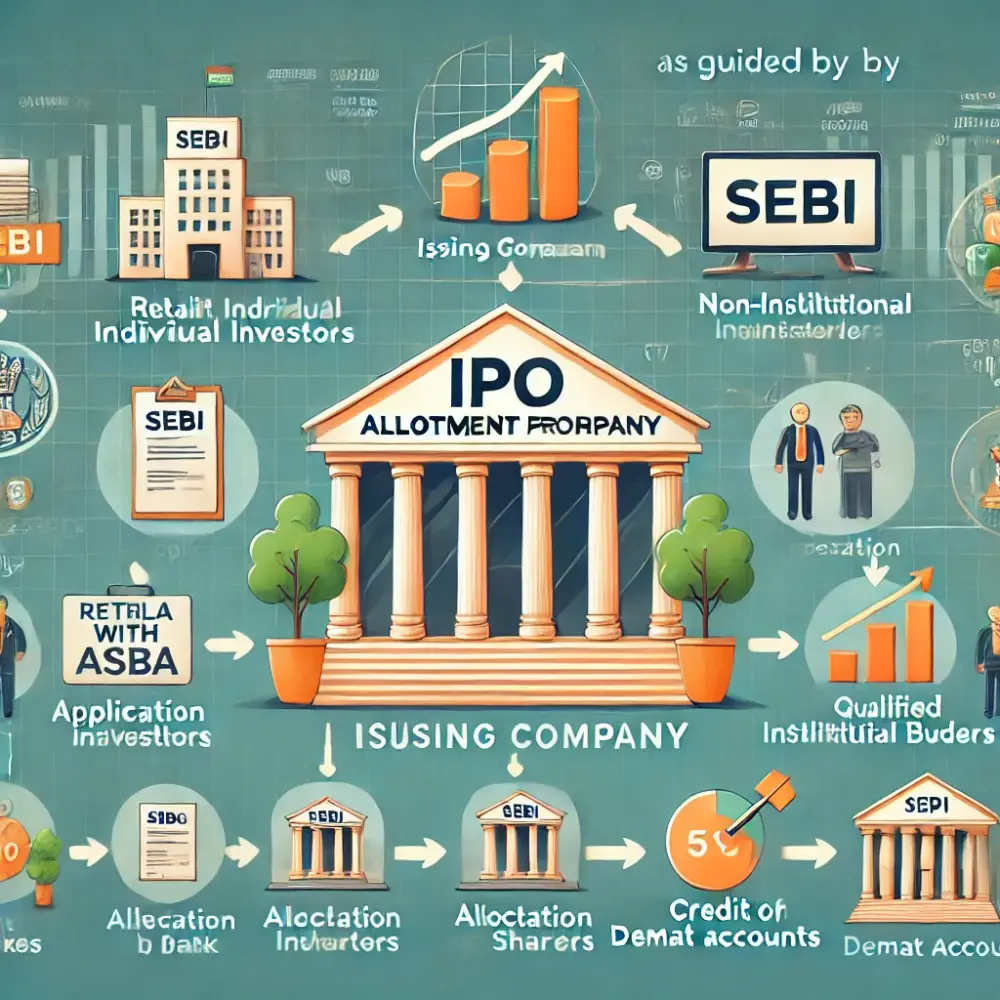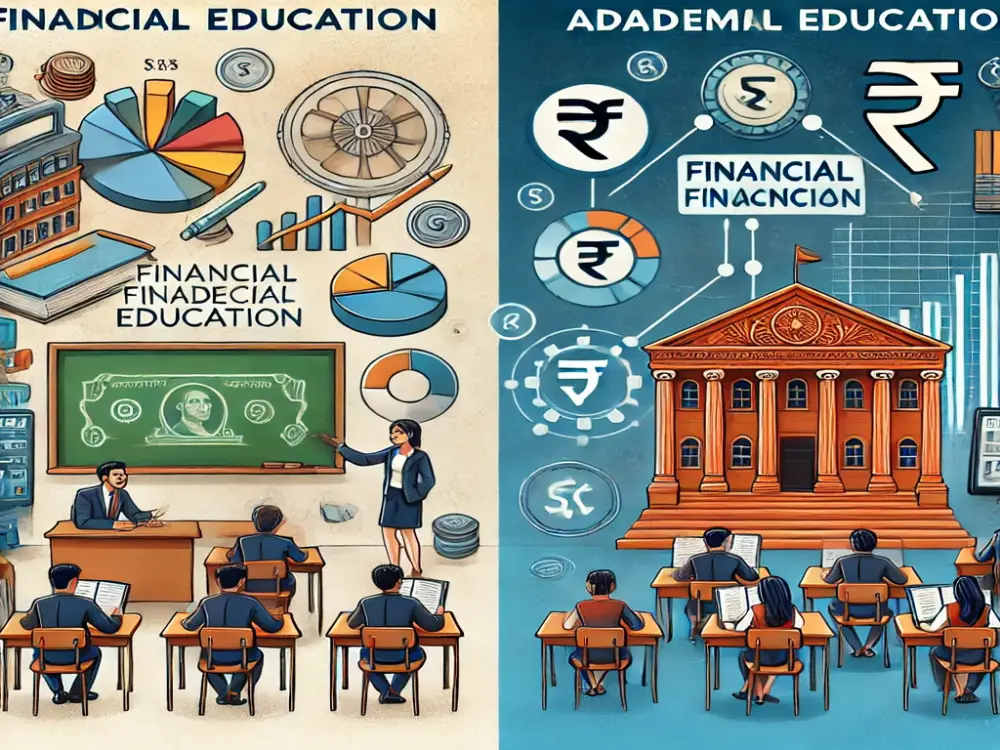Disruptive Innovation and the Negative Impact on Our Environment

Disruptive Innovation and the Negative Impact on Our Environment
Disruptive innovation is a term that describes the process of creating new products or services that challenge and eventually replace existing ones. Disruptive innovation can have many benefits for society, such as increasing efficiency, lowering costs, expanding access, and creating new markets. However, disruptive innovation can also have negative impacts on our environment, especially when it comes to climate change and biodiversity loss.
Climate change is one of the most urgent and complex challenges facing humanity today. It is caused by the accumulation of greenhouse gases (GHGs) in the atmosphere, mainly from burning fossil fuels and deforestation. GHGs trap heat and warm the planet, leading to changes in weather patterns, rising sea levels, melting ice caps, extreme events, and threats to human health and food security. According to the World Economic Forum, climate change is the biggest risk to global stability in the next decade.
Disruptive innovation can contribute to climate change in several ways. First, it can increase the demand for energy and resources, which can lead to more GHG emissions if they are not sourced from renewable or low-carbon sources. For example, the rapid growth of digital technologies such as cloud computing, artificial intelligence (AI), and the Internet of Things (IoT) requires a lot of electricity and data centers, which can have a large carbon footprint if they are powered by fossil fuels. Second, it can create new products or services that are not compatible with existing regulations or standards, which can undermine efforts to reduce GHG emissions or promote sustainability. For example, ride-hailing apps such as Uber and Lyft have disrupted the traditional taxi industry, but they have also increased vehicle miles traveled and congestion in urban areas, which can worsen air pollution and GHG emissions. Third, it can disrupt existing markets or industries that are already low-carbon or environmentally friendly, which can slow down or reverse the transition to a green economy. For example, electric vehicles (EVs) have disrupted the conventional car market, but they have also faced resistance from incumbent automakers, oil companies, and consumers who are reluctant to switch from gasoline-powered cars.
Biodiversity loss is another major environmental problem that is linked to disruptive innovation. Biodiversity refers to the variety of life on Earth, including genes, species, ecosystems, and their interactions. Biodiversity provides many benefits for humans, such as food, medicine, materials, pollination, water purification, climate regulation, and cultural values. However, biodiversity is declining at an unprecedented rate due to human activities such as habitat destruction, overexploitation, pollution, invasive species, and climate change. According to a report by the Intergovernmental Science-Policy Platform on Biodiversity and Ecosystem Services (IPBES), around one million animal and plant species are threatened with extinction.
Disruptive innovation can affect biodiversity in different ways. On one hand, it can offer solutions to conserve or restore biodiversity by using new technologies or approaches. For example,
- biotechnology can help create new varieties of crops that are more resilient to pests or droughts, or gene editing can help revive extinct species or protect endangered ones.
- remote sensing and AI can help monitor biodiversity and detect threats such as illegal logging or poaching, or blockchain can help track and verify the origin and sustainability of products along supply chains.
- nature-based solutions can help integrate biodiversity into urban planning and design by creating green spaces or roofs that support wildlife and human well-being, or citizen science can help engage people in collecting and sharing data on biodiversity.
On the other hand, it can also pose risks or challenges to biodiversity by introducing new threats or uncertainties. For example,
- synthetic biology can create novel organisms that could potentially escape or interfere with natural ecosystems, or geoengineering could alter the climate system in unintended ways that could affect biodiversity.
- digital platforms or e-commerce can increase the demand for exotic or endangered species as pets or products, or online gaming or social media could reduce people's connection or appreciation of nature.
- disruptive innovation could create winners and losers among different stakeholders or regions that depend on biodiversity for their livelihoods or well-being, or it could generate ethical or governance dilemmas that require careful deliberation and participation.




